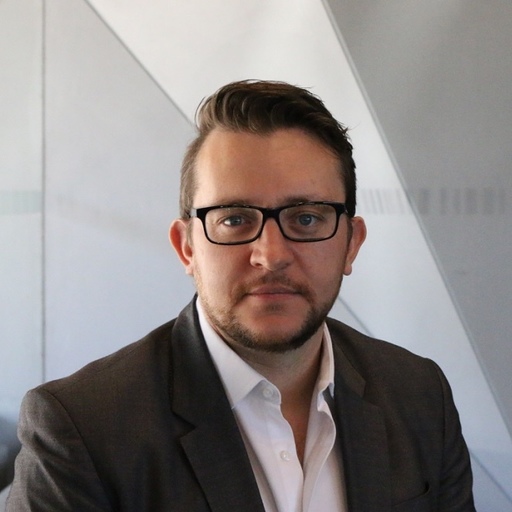While the internet has made global reach easier than ever for organizations and driven an ecommerce industry expected to be upwards of USD7 Trillion in 2025, consumers have ever-increasing demands of companies to engage with them in their own languages with culturally sensitive and relevant messages beyond just the basic products and services.
To explore these challenges, the Brand Safety Alliance spoke with Brian King from global trademark and patent translation service leader RWS to discuss the importance of a proactive approach to managing often overlooked elements of your business in a global economy. 
Based in Baltimore, Brian is the VP of Client Relations for RWS and a practicing Attorney with decades of experience in brand protection and trademark services. He has worked with some of the world’s most prominent organizations and assisted many global brands during his tenure.
Brian observes “the internet and related technologies make globalization much more possible, and simultaneously I’ve seen increased need for localization, meaning customers want to be met where they are. Brands that have been able to do this have not only enjoyed greater revenue and overall success, but avoided the significant costs related to failed product launches and new market exploration.”
From a domain perspective, this impacts the extensions and types of names a corporation needs to reach customers ‘where they are.’
Owning ccTLDs is part of this, and local content in many countries requires the use of ccTLDs. It’s an expectation of the market in many places in the world.”
In this environment, Brian believes it is crucial to get on the front foot and think ahead for future business and market needs.
“It’s important to be proactive. It’s fun to play offense and our clients find it helpful,” he says.
“Companies should think about localization proactively, whether that’s website content or even internal materials, because it saves a ton of time and money after the fact.”
Failing to plan for localization can lead to significant financial and timeline setbacks.
“We have seen clients spend hundreds of thousands of dollars to develop content they hoped would be useable for a global audience, only to find when it came time to translate or localize, it simply wasn’t possible.
“The content would need to be redeveloped for certain markets and geographies—and the time and cost impacts of that are very real.”
Brian highlights brands often treat domain registration as secondary to trademark registration, to their detriment.
“Every corporate registrar has a nightmare story about a client who waited until the last minute to register their domains in various ccTLDs and gTLDs and was scrambling, after naming a product or having a press release, needing to acquire or quickly register domain names all around the world.”
To combat this need, Brian emphasises the importance of corporate registrars continuously educating their clients on industry developments and new tools.
“Even the savviest domain name administrators require constant updates and education on the developments in the industry,” he says.
“It’s a space where you thought you knew something last year, and then the next year the landscape is tremendously different.
“Tools like GlobalBlock are a great example of the need to continue educating clients on best practices for defensive registrations, blocking, monitoring and enforcement.
“I wish something like GlobalBlock existed back in my corporate registrar days. I think it will be a tremendous tool in the toolbelt for brand owners because of the broad coverage and the ability to block upfront, then unblock as business expand into new markets down the road.”

 Tony Kirsch
Tony Kirsch







